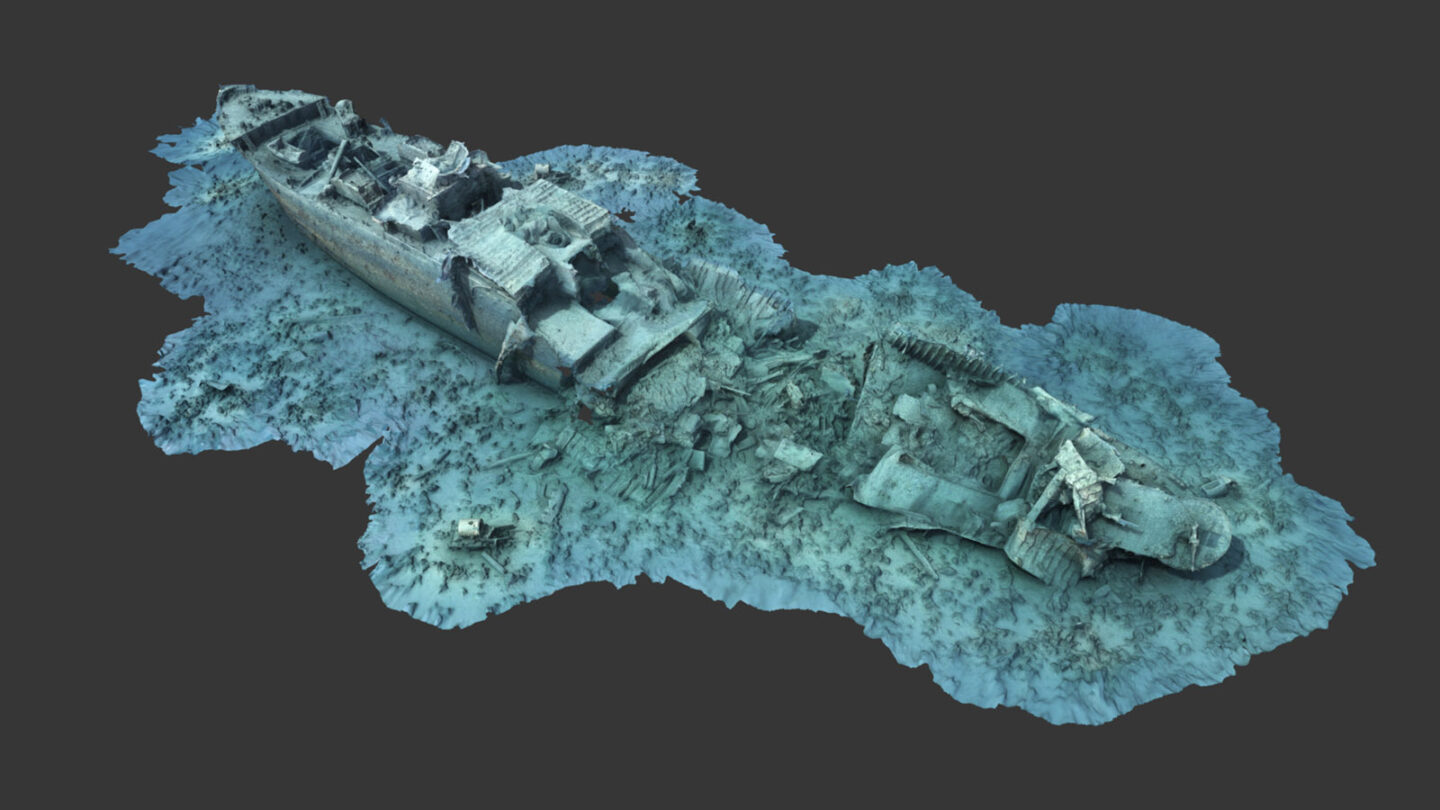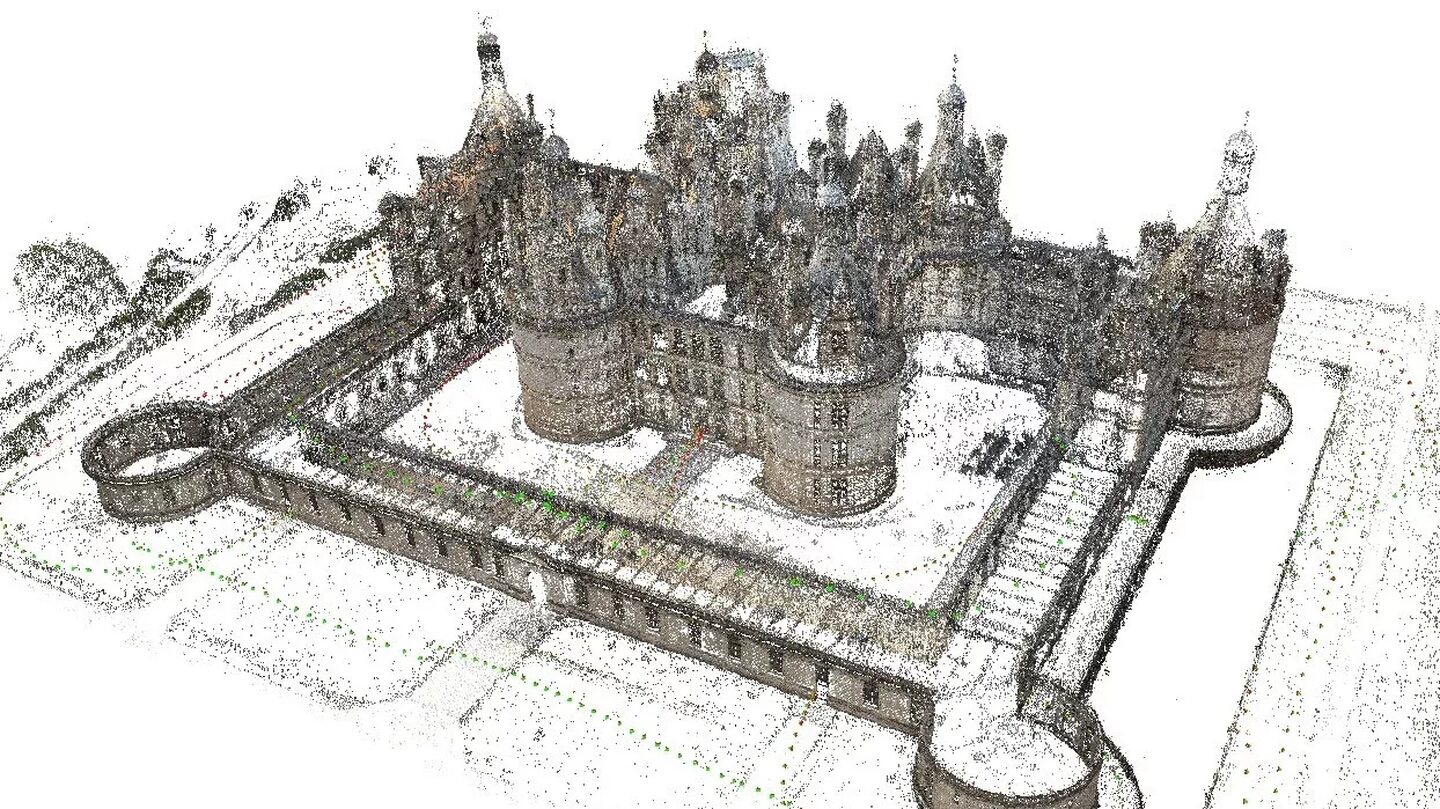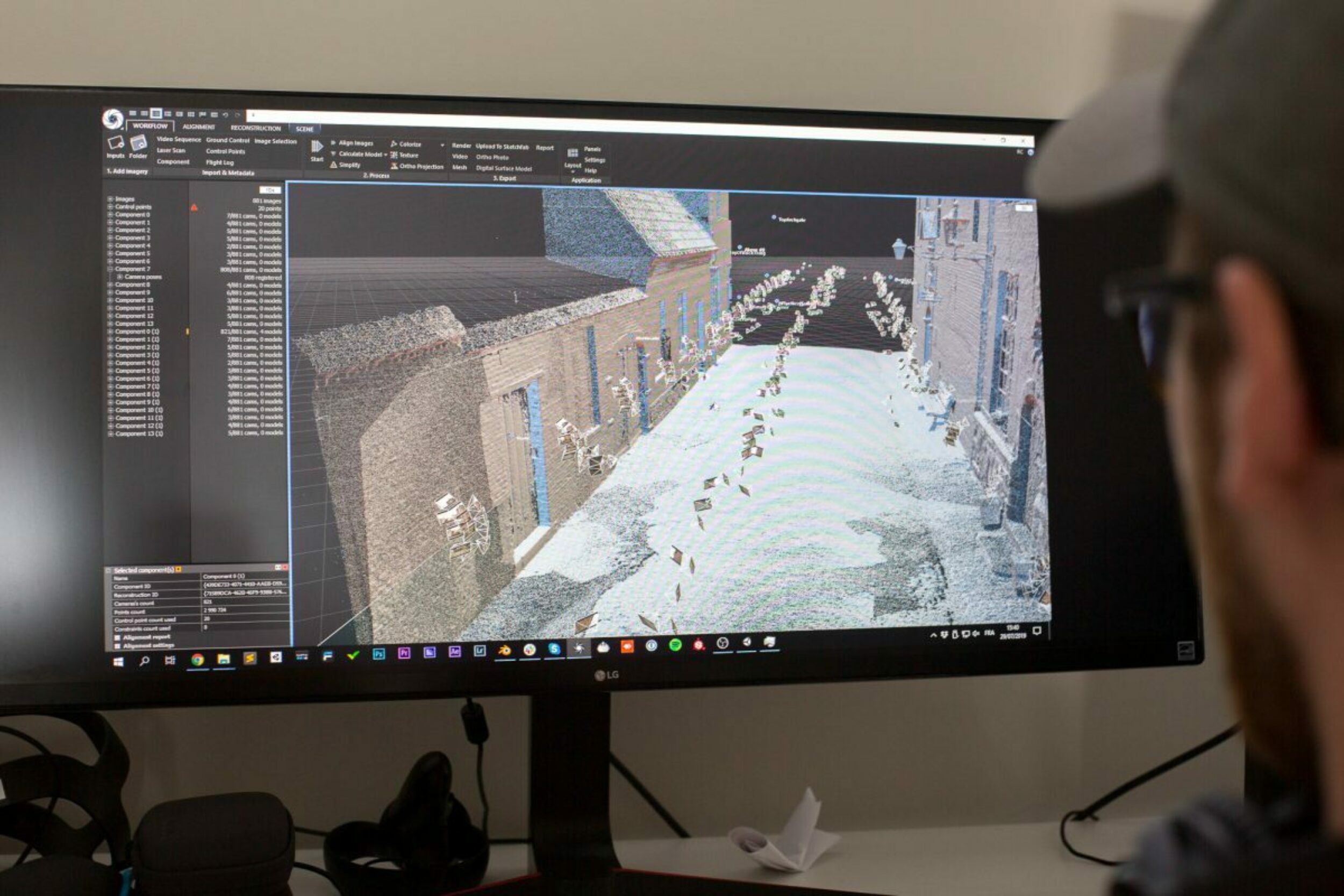Making 3D models using pictures with photogrammetry
- 3D
Photogrammetry is creating 3D models of real life objects, people, structures or environments, using (a lot of) photographs. But how does photogrammetry work?
TL;DR:
Photogrammetry is creating 3D models of real life objects, people, structures or environments, using (a lot of) photographs.
But how does photogrammetry work?
The first part of the term, “photo”, comes from the Greek word phōtos meaning “light”. “Gram” comes from grámma meaning “drawing” & “metry” originates from the word métron meaning “measurement”. Combining these words gives you the simplified definition of the concept, namely: Measuring/simulating objects using photography.
According to our best friend Wikipedia the full definition is quoted here:
Photogrammetry is more than just a term worth a lot of points in Scrabble
While we won’t bore you with the science and the maths, here’s what happens:
Through the use of large amounts of pictures taken from as many angles as we can, we are able to reconstruct the environment virtually. We extrapolate a 3D model. For the example shown in the video we used approximately 800 pictures. These pictures were taken manually, it’s very important that we get enough levels of detail depending on the model we wish to create. We scan and analyze the pictures, and construct a 3D model based on a point cloud.
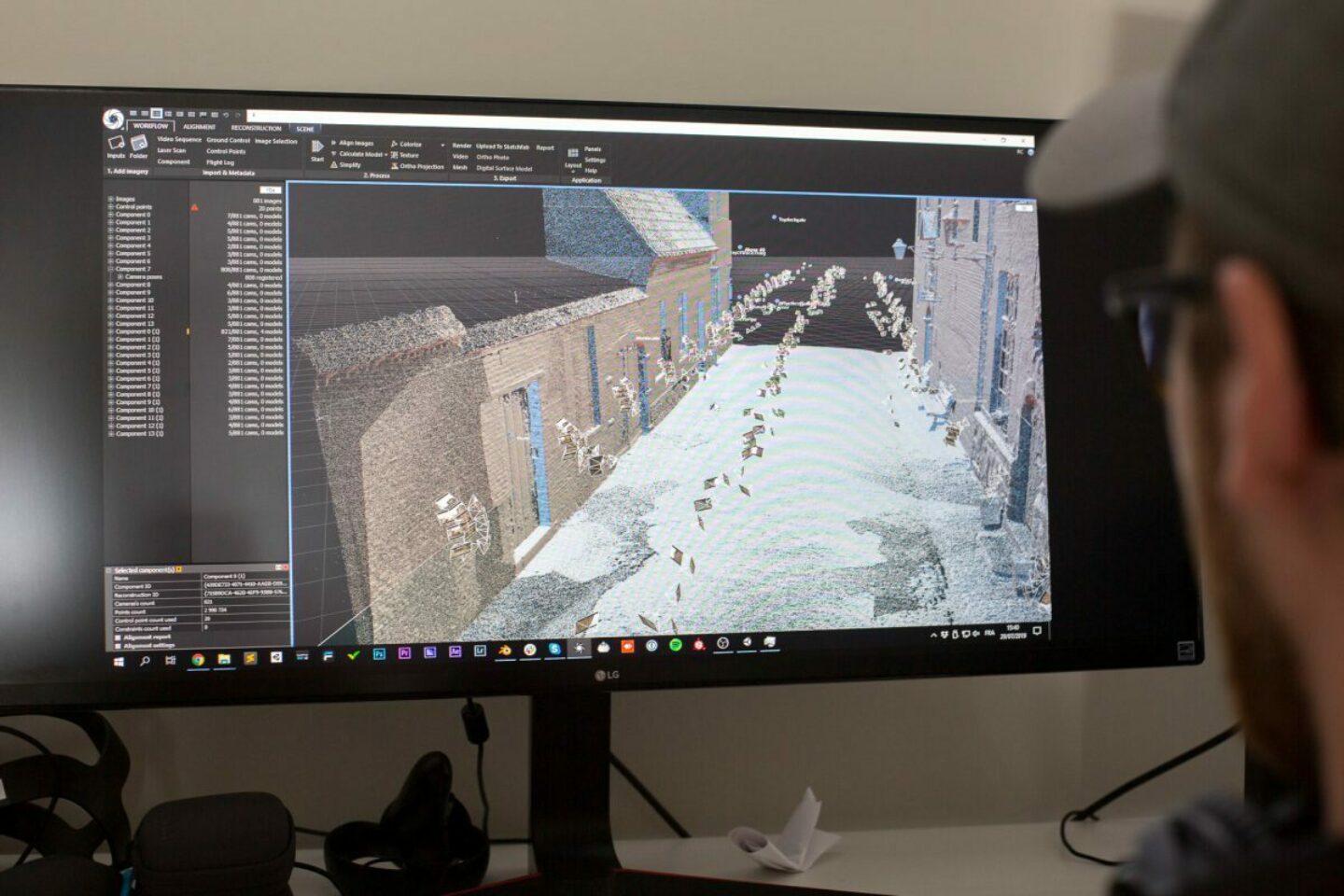
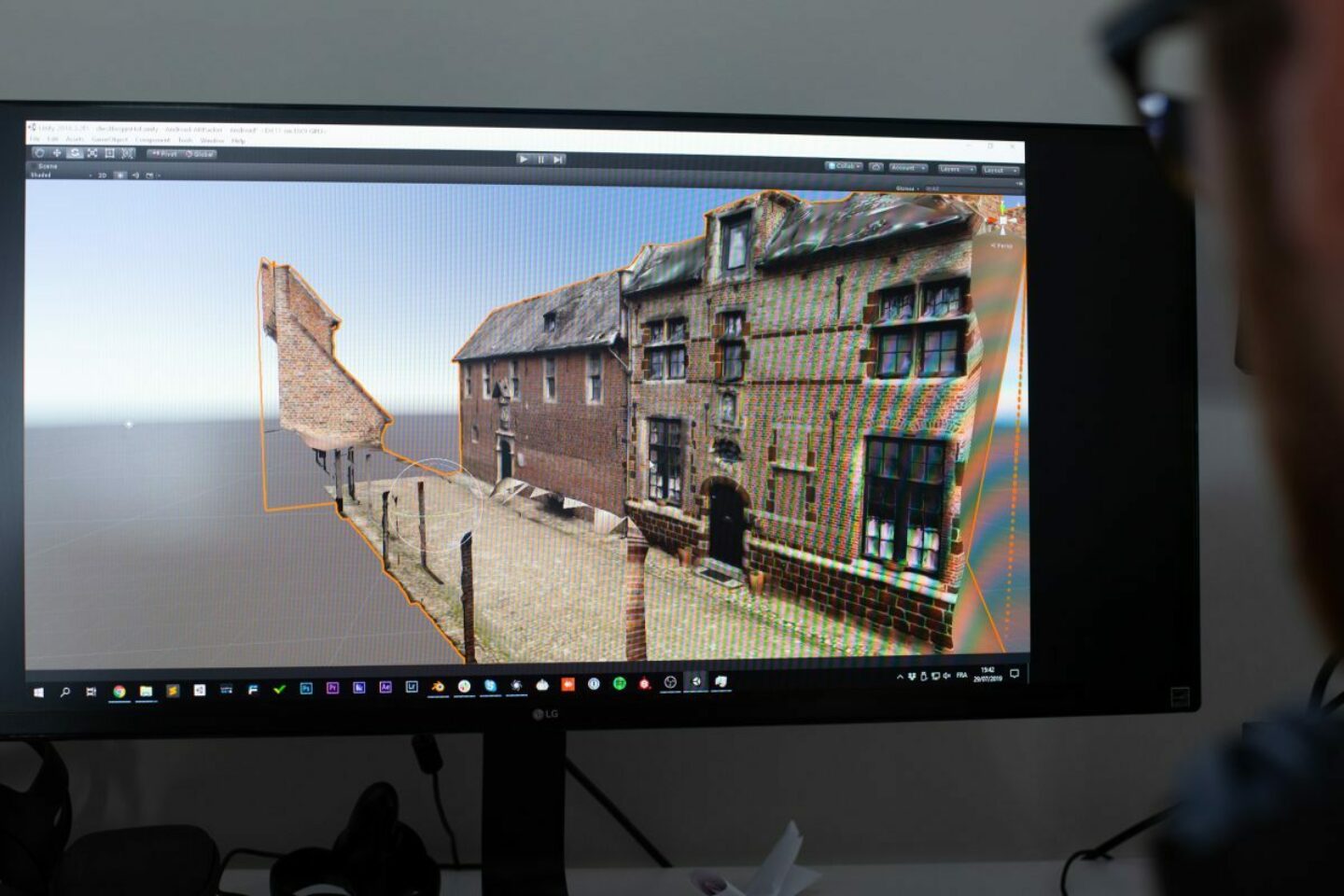
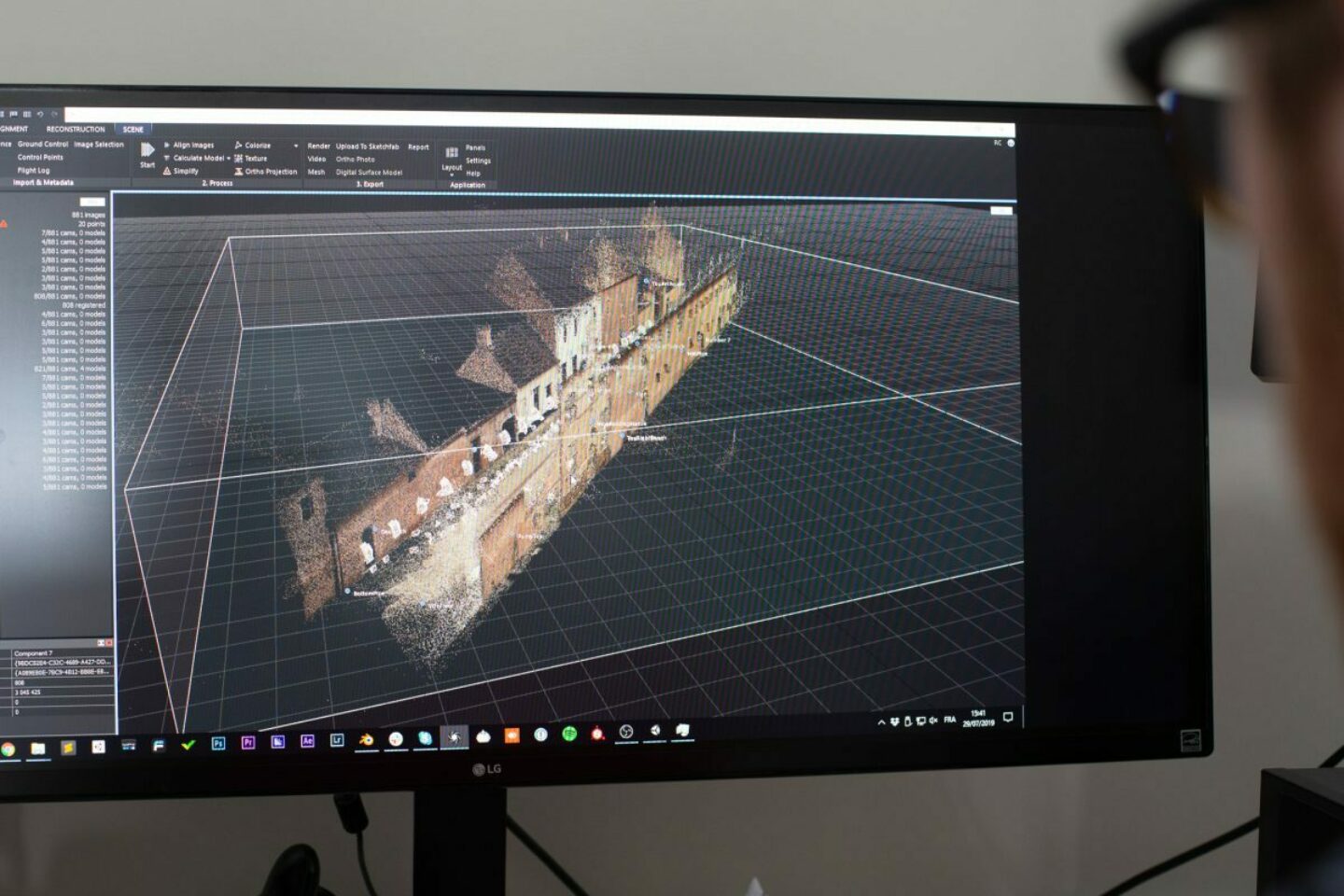
Virtual doorways in augmented reality
We’ve all seen the augmented reality virtual doorways, this is one of the ways to reconstruct a real-life scenario – a street, an environment. This is exactly what we’re doing with a mixed reality travel companion, we virtualized a historical street and augmented it with virtual objects to simulate life in a certain time period.
Moving your phone or AR-compatible device allows you to look around, while the engine and hardware track your location and movements.
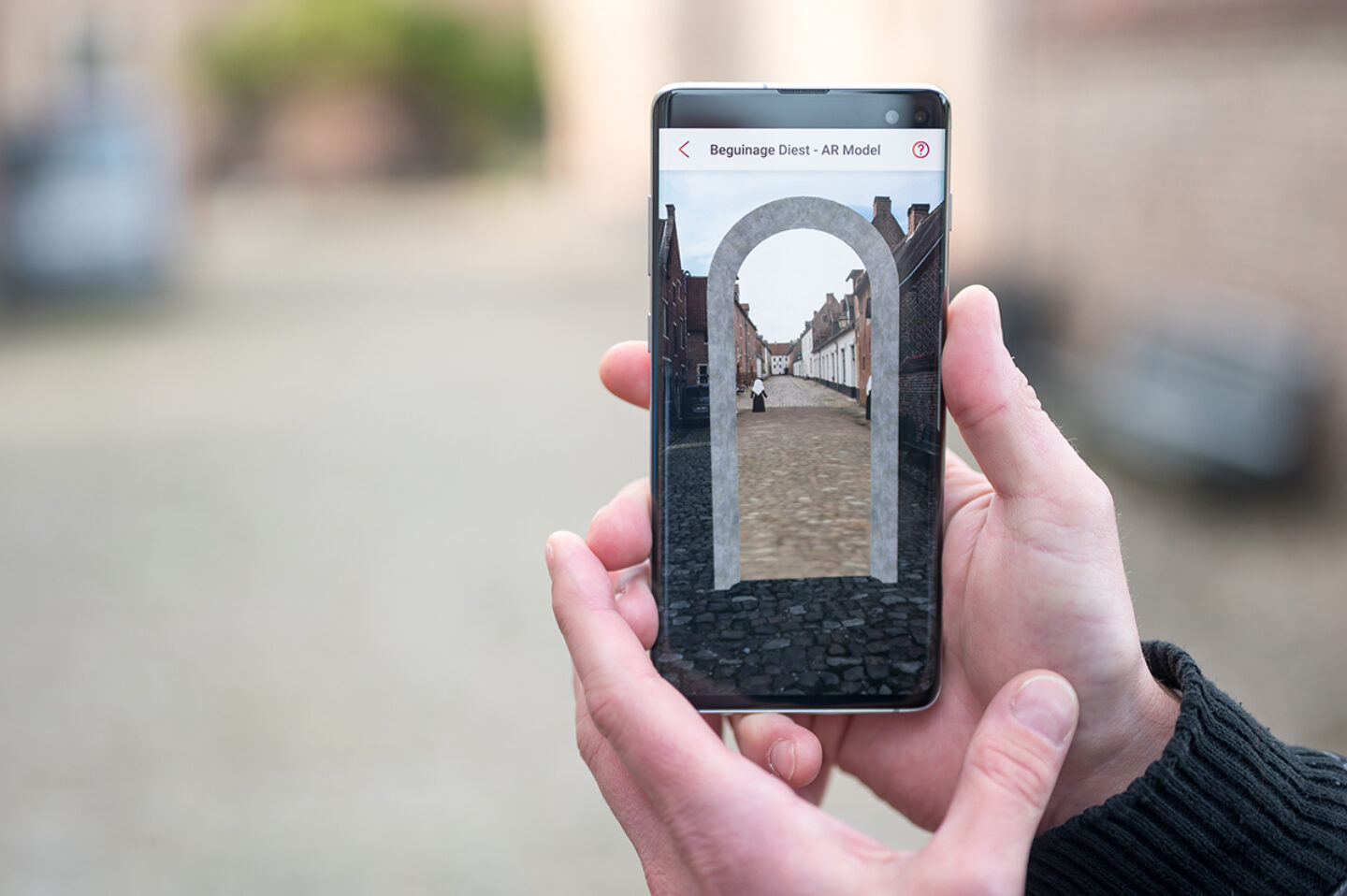
Cost-efficient
Even though it seems to be a lot of work, photogrammetry is a very cost-efficient and quick solution to visualize specific things. In stead of recreating an entire street by modeling and texturizing every little detail, we can extract a tag cloud from a number of pictures (which are cheap to make), and the eventual 3D model will have a much higher rate of details for a much lower cost than manual modelling.
Perhaps one of the most well-known use cases of photogrammetry is Google Streetview. Head on over to Google Maps, enable sattelite view and hit the 3D button. The camera changes perspective and Google Maps shows a 3D virtual copy. That 3D version was made using photogrammetry.
Facial reconstruction
The practical applications of photogrammetry are endless, it is used in a wide variety of sectors ranging from engineering to geology. It can even be used in the post-production of movies by combining live action with computer-generated imagery, think of The Matrix as an example.
Since photogrammetry is a good alternative for modelling, it is often used in video games and or movies where the actors get virtual doubles for stunts or animation.
A famous early example was the blockbuster The Matrix, where they didn’t only use it to scan the faces of the actors, but also to create “bullet time”.
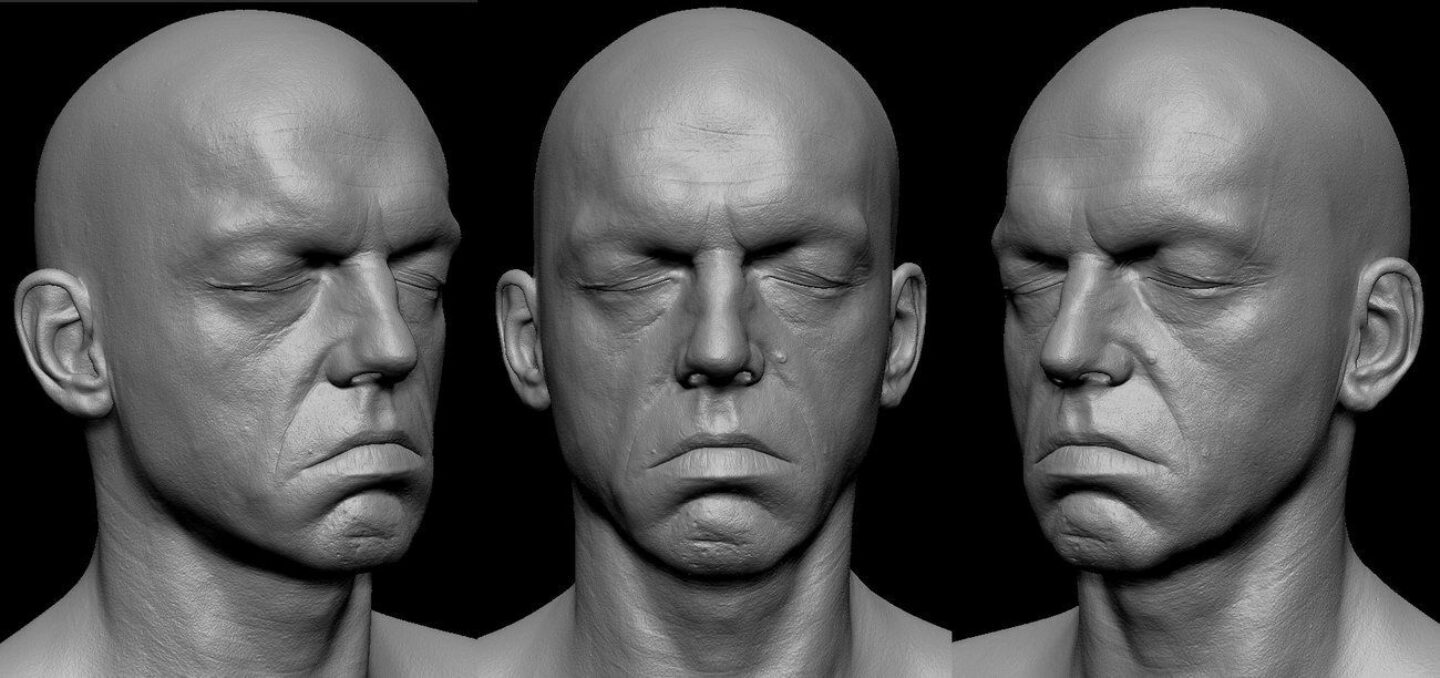
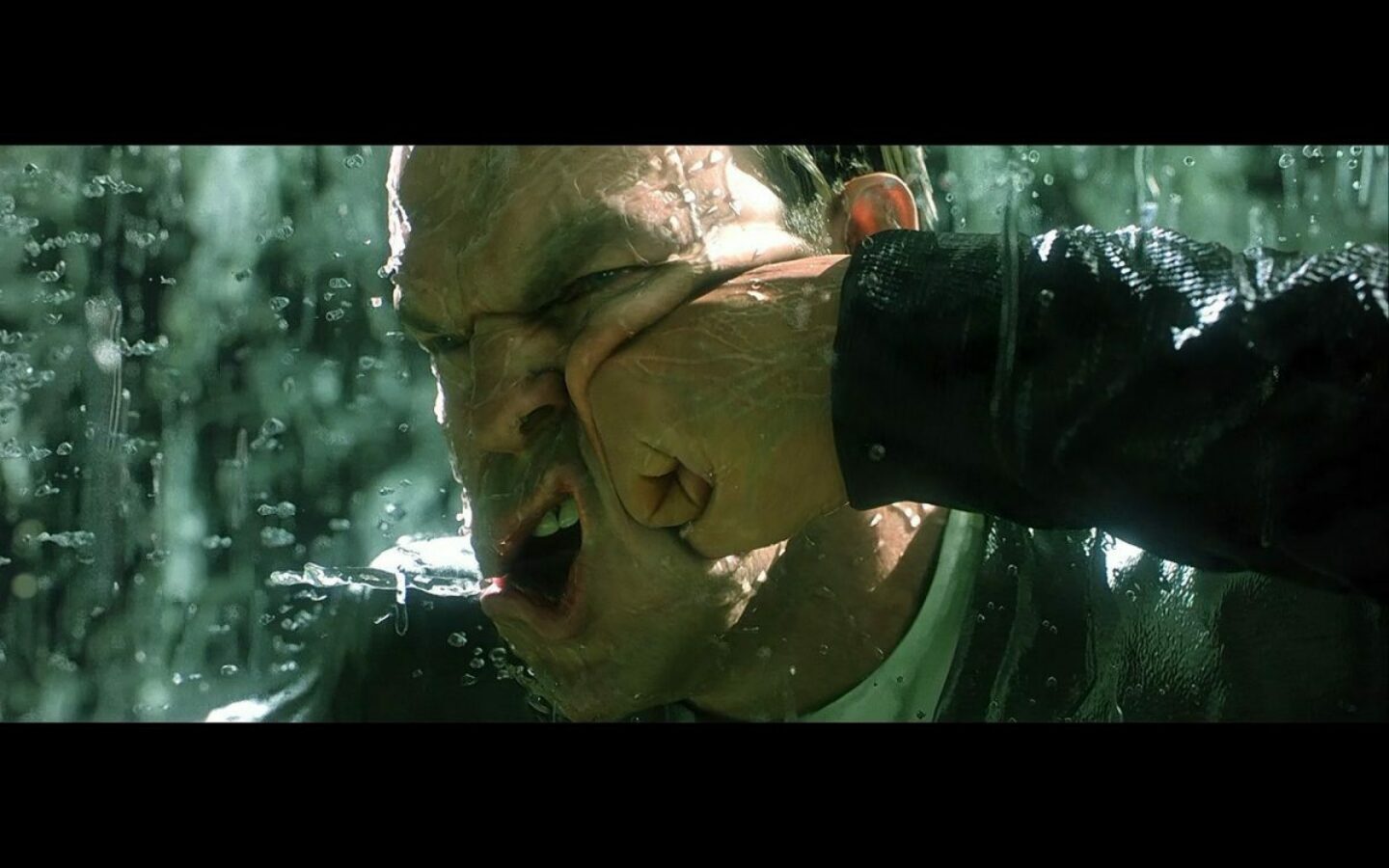
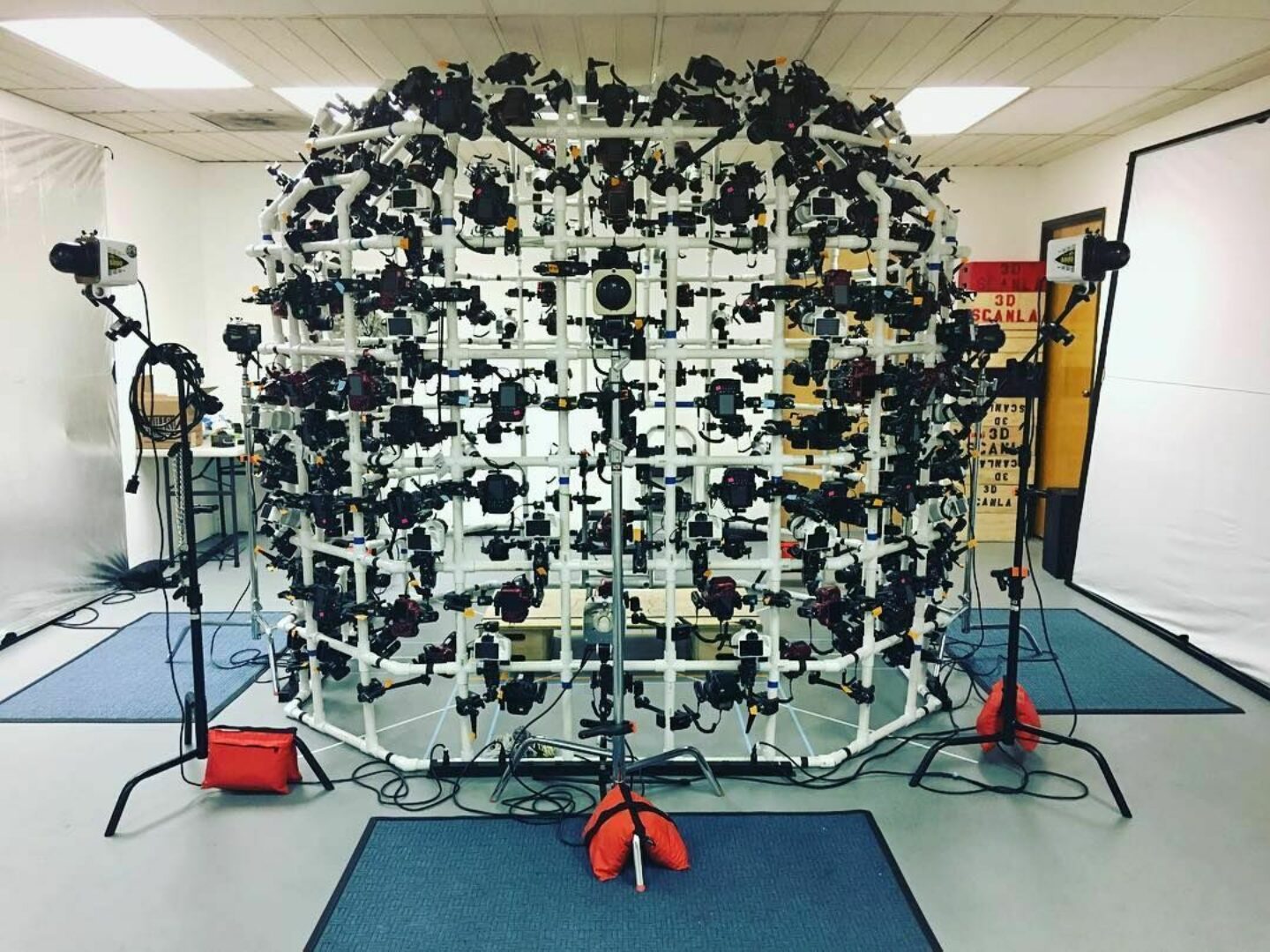
Faces, objects, buildings, castles and under water wreckage
This has a wide variety of applications in virtual reality or augmented reality as well, next to having 3D models of machines or environments, imagine getting a warm welcome from Satya Nadella when joining Microsoft, Bill Gates when the VR tour shows the early days of Windows, or the Zuck on your first day at Instagram. Oh, hi, Mark!

